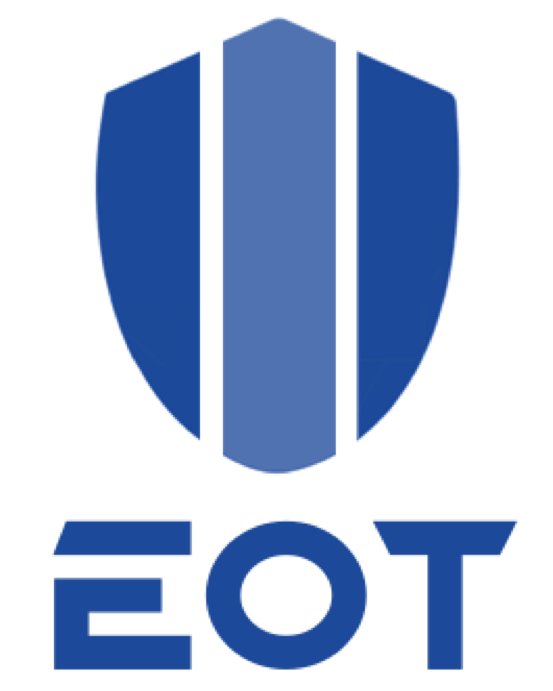- marketing admin
- Articles
The convergence of Artificial Intelligence (AI) and the Industrial Internet of Things (IIoT) has ushered in a new era of innovation, transforming the landscape of industrial operations. As industries increasingly adopt smart technologies, the synergy between AI and automation within the IIoT framework is unlocking unprecedented opportunities for efficiency, predictive maintenance, and data-driven decision-making.
The Foundation of IIoT:
The Industrial Internet of Things (IIoT) refers to the interconnectivity of industrial devices, machines, and systems through the internet. This interconnected network facilitates the seamless exchange of data, enabling real-time monitoring, analysis, and control of industrial processes. IIoT serves as the foundation upon which AI and automation technologies can be integrated to enhance operational capabilities.
Connectivity and Sensor Networks:
IIoT relies on a network of sensors and connected devices embedded within industrial equipment. These sensors collect and transmit data related to various parameters such as temperature, pressure, humidity, and machine performance. The continuous flow of real-time data forms the backbone of IIoT, providing a comprehensive view of the industrial ecosystem.
Data Analytics in IIoT:
Data analytics is a critical component of IIoT, allowing organizations to extract valuable insights from the vast amounts of data generated by interconnected devices. Advanced analytics techniques, including machine learning and predictive analytics, enable businesses to uncover patterns, trends, and anomalies within the data, facilitating informed decision-making and proactive management of industrial processes.
AI Integration in IIoT:
Predictive Maintenance:
One of the key applications of AI in IIoT is predictive maintenance. By leveraging machine learning algorithms, AI can analyze historical data, sensor readings, and equipment performance to predict when machinery is likely to fail. This proactive approach to maintenance minimizes downtime, reduces operational costs, and extends the lifespan of industrial equipment.
Condition Monitoring:
AI-driven condition monitoring enhances the ability to monitor the health and performance of industrial assets in real time. Machine learning models can continuously analyze sensor data to detect deviations from normal operating conditions, allowing for early identification of potential issues. This real-time monitoring capability empowers organizations to take preemptive actions, preventing unplanned downtime and optimizing asset performance.
Process Optimization:
AI algorithms can optimize complex industrial processes by analyzing data from various sources and identifying opportunities for efficiency improvement. Through continuous learning, these algorithms can adapt to changing conditions and dynamically adjust parameters to enhance overall process performance. This results in increased productivity, reduced energy consumption, and improved resource utilization.
Automation in IIoT:
Smart Manufacturing:
Automation is a fundamental aspect of IIoT, driving the concept of smart manufacturing. Industrial automation systems, coupled with IIoT connectivity, enable the integration of machines, robotics, and control systems. This seamless integration enhances production efficiency, reduces manual intervention, and facilitates the agile adaptation of manufacturing processes in response to market demands.
Supply Chain Optimization:
Automation within the IIoT framework extends beyond the factory floor to optimize the entire supply chain. From warehouse management to logistics, automated systems powered by IIoT technologies enhance visibility, traceability, and efficiency. Automated processes, guided by real-time data, enable organizations to make data-driven decisions, minimize lead times, and enhance overall supply chain performance.
Human-Machine Collaboration:
The integration of AI-driven automation in IIoT doesn’t replace human workers but rather augments their capabilities. Human-machine collaboration becomes more seamless as repetitive and routine tasks are automated, allowing human workers to focus on higher-value activities that require creativity, problem-solving, and critical thinking. This collaborative approach enhances overall productivity and operational effectiveness.
Challenges and Considerations:
While the marriage of AI, automation, and IIoT presents tremendous opportunities, it also comes with challenges that organizations must address:
Data Security and Privacy:
The increased connectivity in IIoT raises concerns about data security and privacy. Organizations must implement robust cybersecurity measures to protect sensitive industrial data from unauthorized access and potential cyber threats.
Skill Gap:
The implementation of AI and automation in IIoT requires a workforce with expertise in both industrial processes and advanced technologies. Bridging the skill gap through training and education is crucial for successful integration.
Interoperability:
Ensuring seamless interoperability between diverse devices, protocols, and platforms is a challenge in the complex ecosystem of IIoT. Standardization efforts are essential to facilitate compatibility and integration across various systems.
The integration of AI and automation within the IIoT landscape is reshaping the future of industrial operations. As organizations harness the power of interconnected devices, data analytics, and intelligent automation, they gain the ability to optimize processes, enhance efficiency, and make data-driven decisions that drive productivity and innovation. Despite the challenges, the transformative impact of AI and automation in IIoT promises to revolutionize industries, paving the way for a smarter, more connected, and efficient industrial era.



